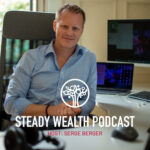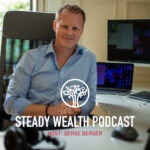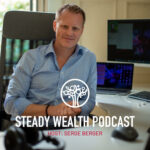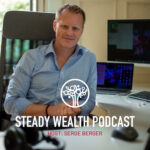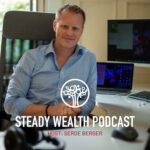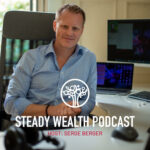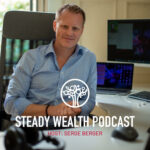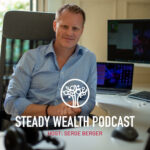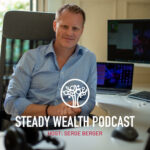Stocks Are In For A Lost Decade
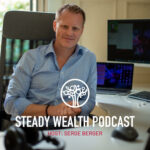
With 2022 coming to an end, a lot of people, especially those with the classic 60/40 portfolio, will be in for a miserable time. Most people aren’t aware of how their portfolio is performing until they open their end of year statement. With equity markets down 20-30% and more, we’re not seeing nearly the same yields as years past. We’re headed for a lost decade with the S&P, and now’s the time to prepare. History does tend to repeat itself, though, so let’s take a look at what we’ve learned from the past.
Lost decades tend to come after an excessive period, which we’ve certainly had. Now we’re seeing low equity returns and high interest rates. While inflation will come down, it won’t get back to those 0% interest rates we once had. De-globalization will also affect markets. So how can we better set ourselves up? There’s a good argument to be made for flipping the classic 60/40 portfolio to a 40/60 model. That would be 40% in equities and 60% in bonds.
What You’ll Learn:
- What a classic 60/40 allocation portfolio is.
- What a lost decade means in the S&P.
- How deglobalization will impact the stock market.
- And much more!
Favorite Quote:
“In order to see where we might be able to go, we have to know where we’ve come from.” -Serge Berger

